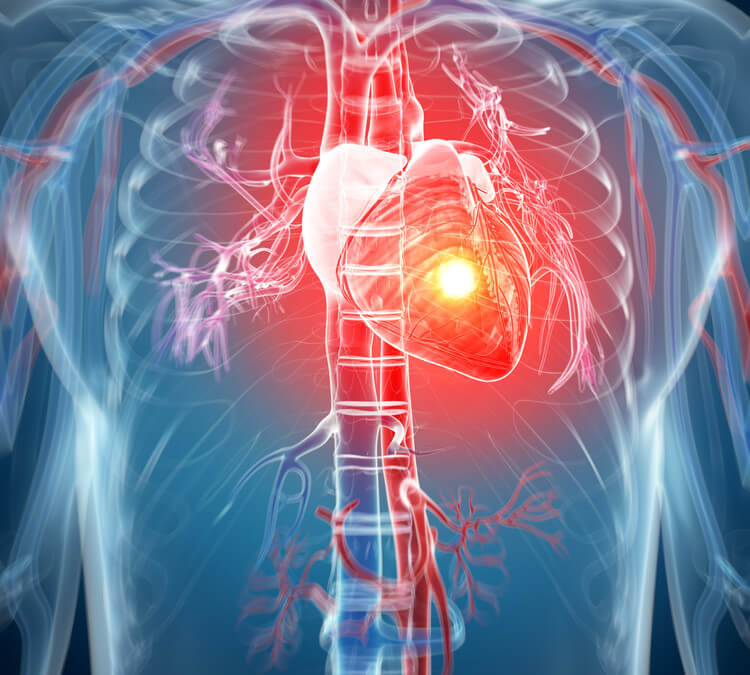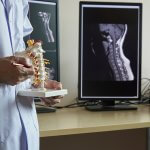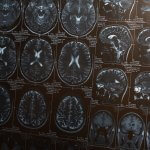The angina treatment used a patient’s own stem cells. Scientists say that improvements could be seen just 4 weeks after treatment.
What is Angina?
Angina is caused by an insufficient supply of oxygen rich blood to the heart. The blood supply is typically restricted by hardened or narrowed arteries. This results in severe chest pain which can radiate to other areas such as the neck, shoulders, jaw, back, and arms.
Those with angina may find the pain is triggered by stress or exercise. Episodes of pain usually only last a couple of minutes and are often described as angina attacks [1]. While these episodes of pain are not the same as heart attacks they are a warning sign that you are increased risk of suffering from a heart attack.
If you are suffering from chest pains you should seek medical advice.
Each year in the UK there are 96,000 new cases of angina. There are approximately 2 million people in the UK living with the condition and it is becoming increasingly prevalent. Angina affects both sexes, although men are more commonly affected than women, with 14% of men and 8% of women having the condition [2].
There are a range of treatment options available to those with angina which are generally effective; improving symptoms, quality of life, and prognosis [2]. However, there are cases where, despite these treatments, patients do not improve. Some of these patients will be offered further help in the form of surgical intervention. Unfortunately, up to 30% of patients with severe coronary atherosclerosis are not suitable candidates for these surgeries [3].
Angina Stem Cell Therapy Under Development
Scientists at The Methodist University of Indonesia in Medan, North Sumatra, Indonesia are developing a non-surgical stem cell therapy for angina sufferers. The Indonesian study took 15 patients suffering with angina and gave them drugs over four days to encourage stem cells to be released into the blood. The patients then had blood drawn and the stem cells were then extracted from the blood. Using an IV injection, the stem cells were given back to the patient.
“We injected a ‘catalyst’ molecule that caused bone marrow stem cells to enter the patient’s blood, then harvested them to re-inject into the patient. This is not considered a surgical procedure, is easy to implement, and allows for repeated administrations,” said Hadyanto Lim, Ph.D., study senior author [3].
Just four weeks after receiving the stem cell therapy the patients noted promising results. The prevalence of symptoms caused by angina had been greatly reduced. In addition, the patients were also able to exercise with more exertion and could also work out for a longer period of time. Some patients did notice that they developed leg or back pain but this was suitably managed with paracetamol.
Professor Lim noted that further studies will need to be conducted before the therapy is available to the general public.
[1] http://www.nhs.uk/Conditions/Angina/Pages/Introduction.aspx
[2] https://www.gmjournal.co.uk/angina_78627.aspx
[3] http://newsroom.heart.org/news/hard-to-treat-chest-pain-may-be-improved-with-a-patients-own-stem-cells?preview=af99








